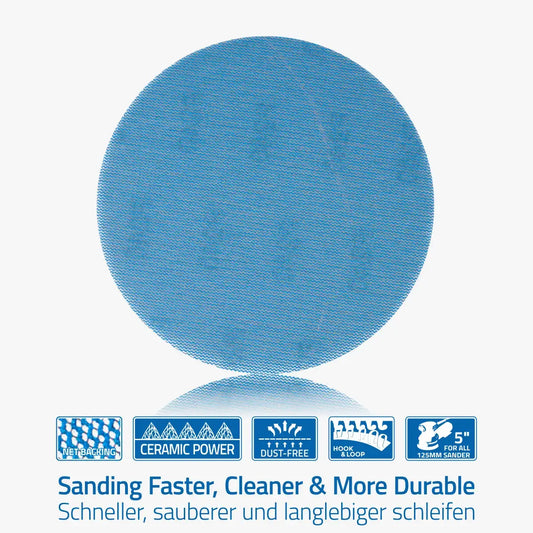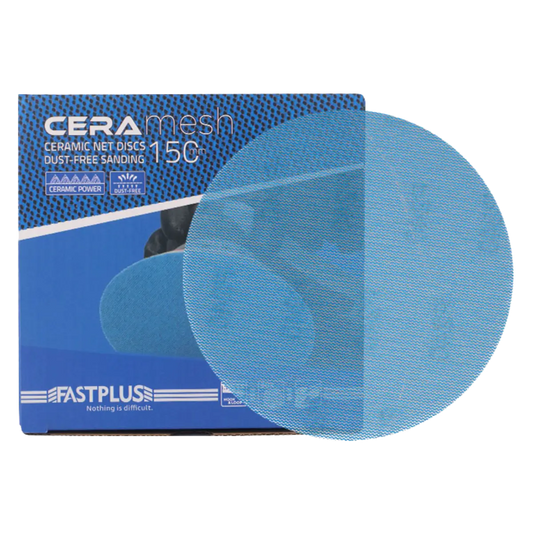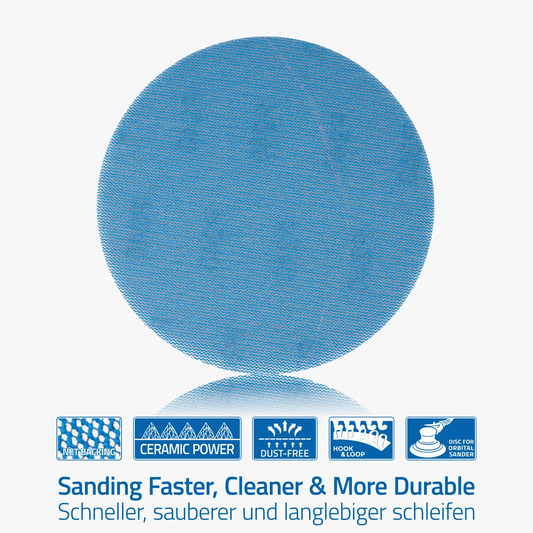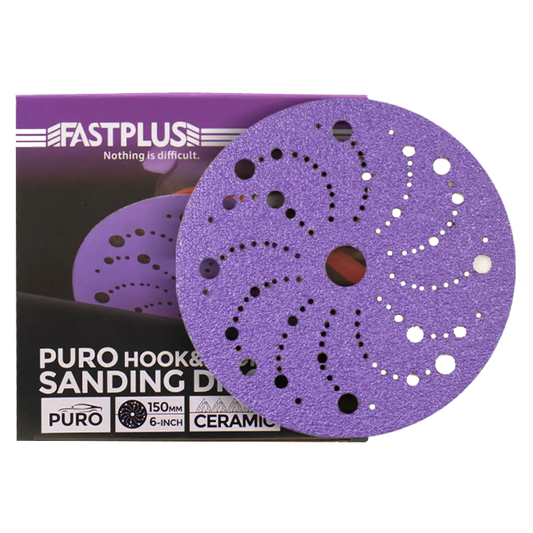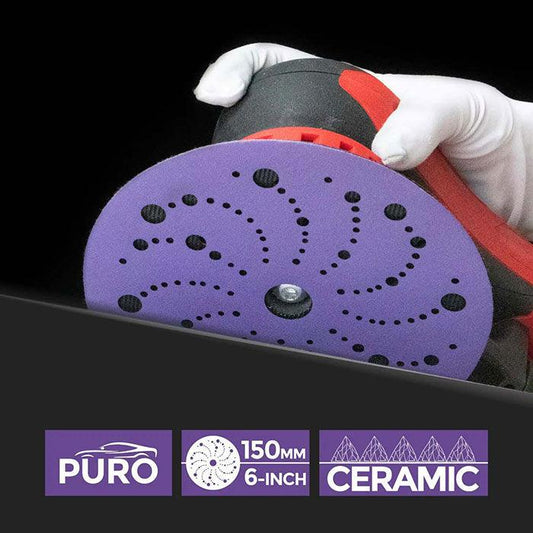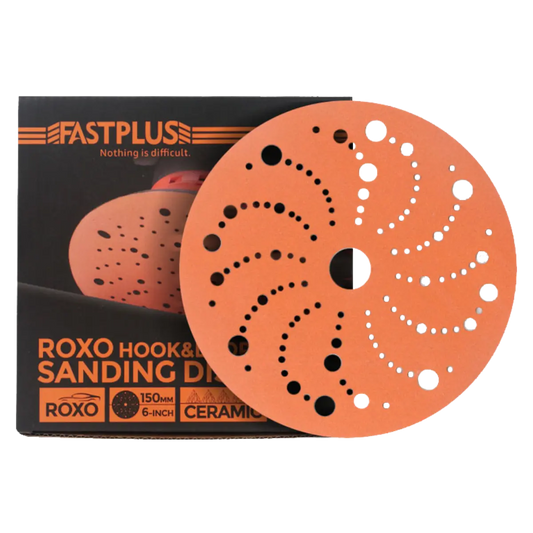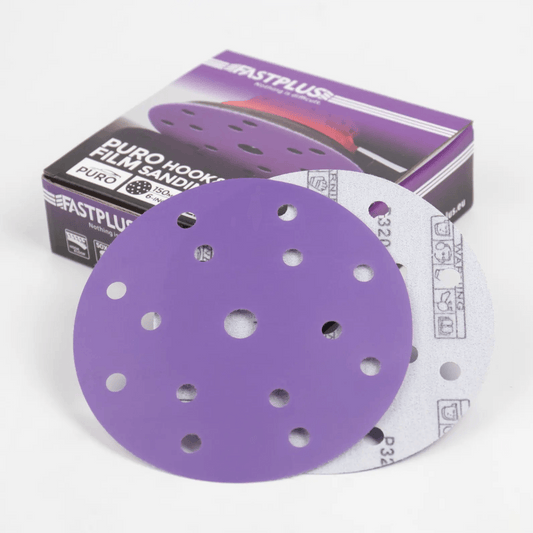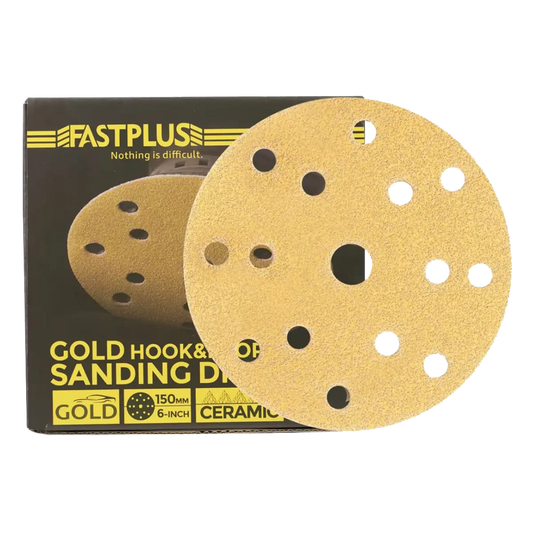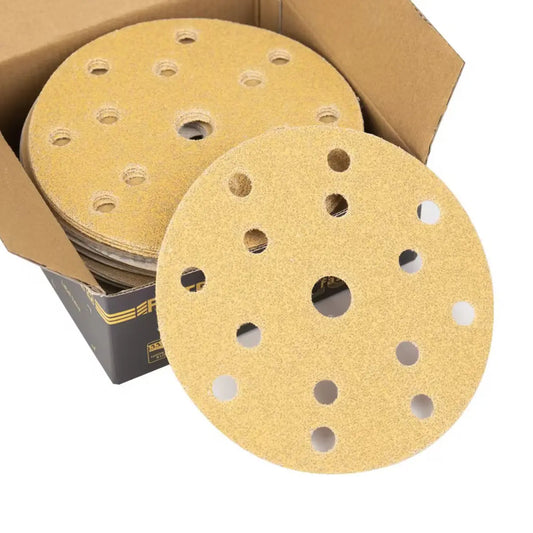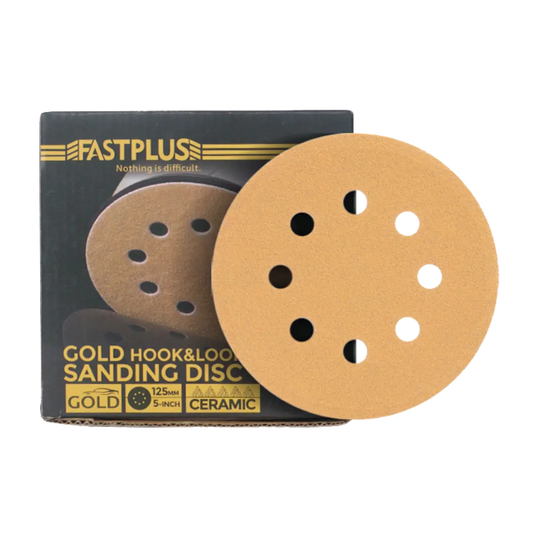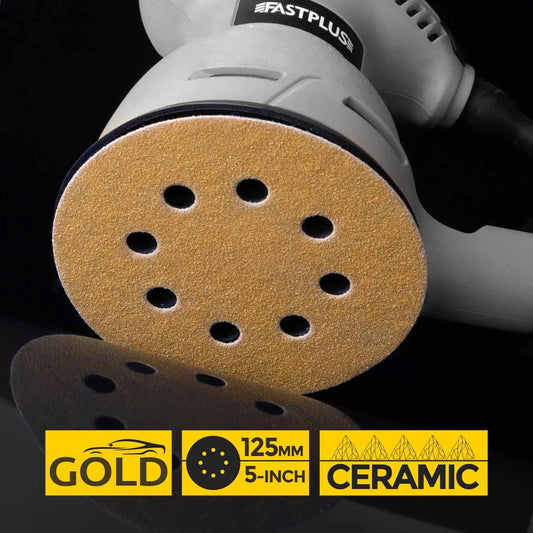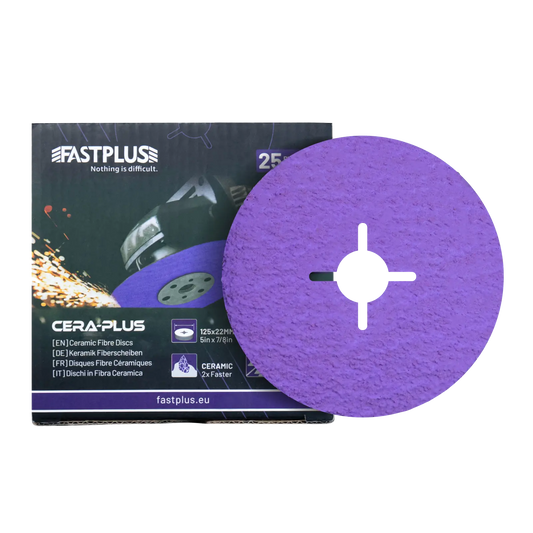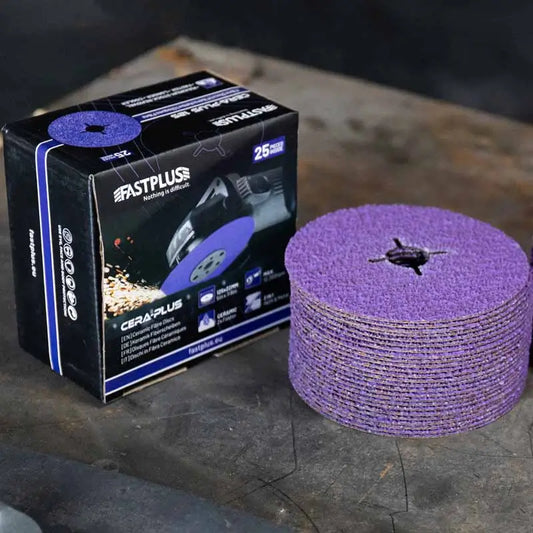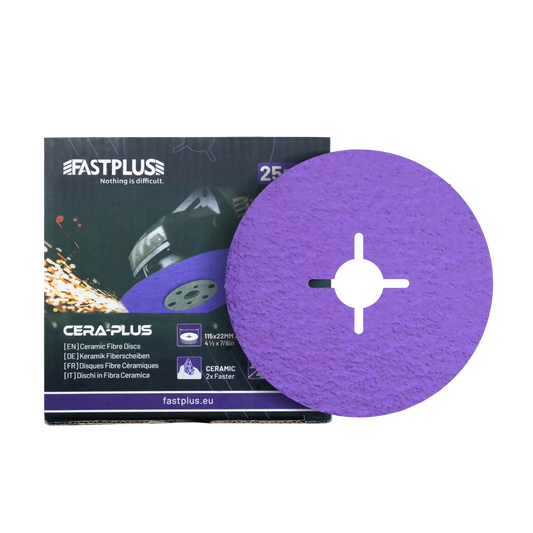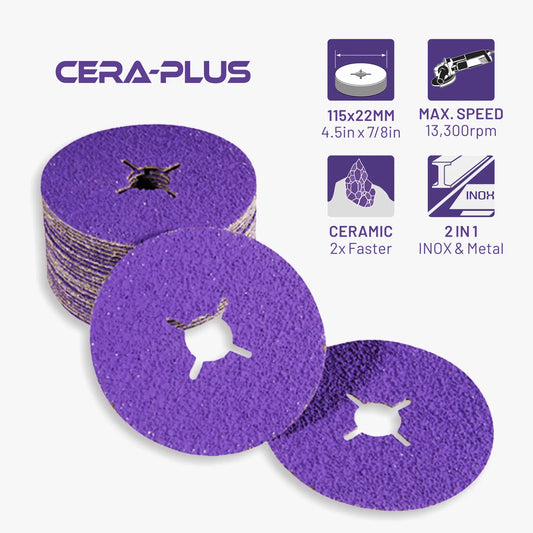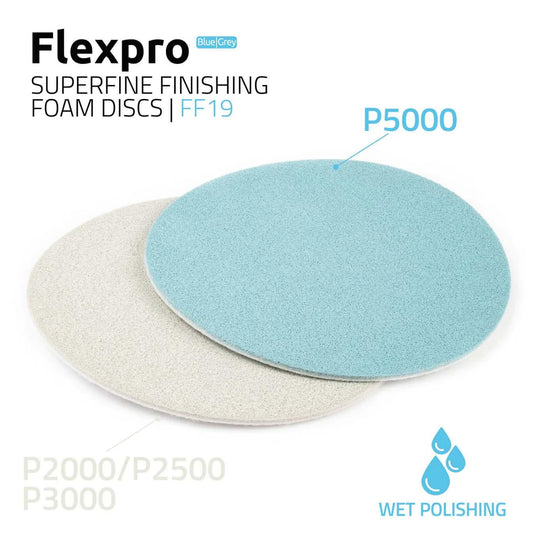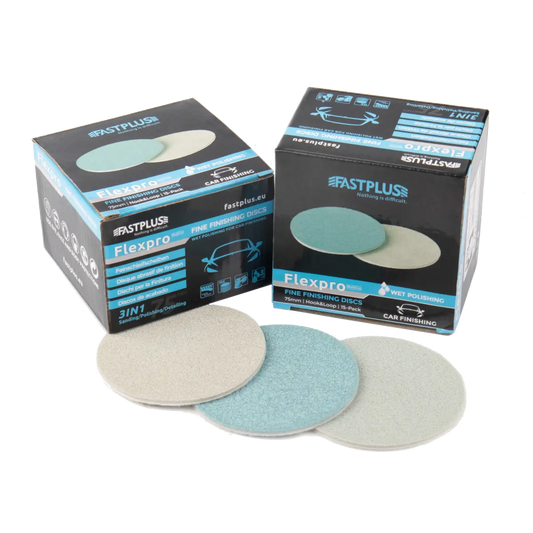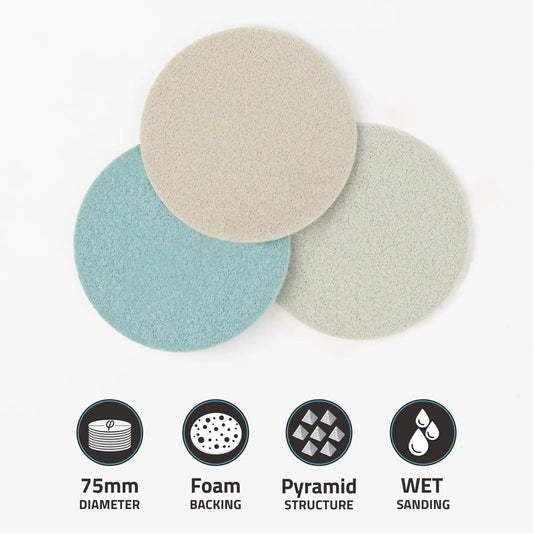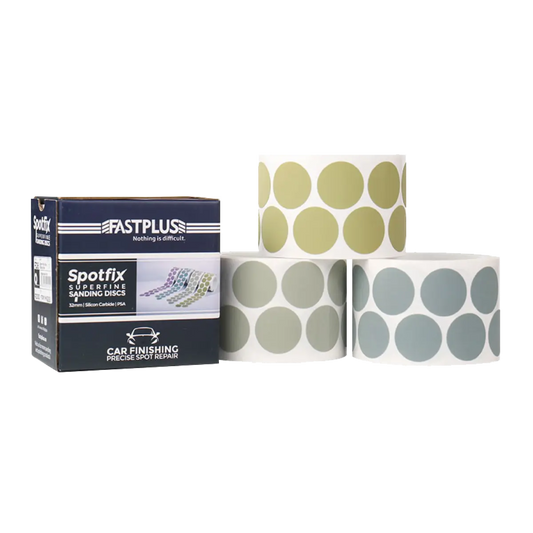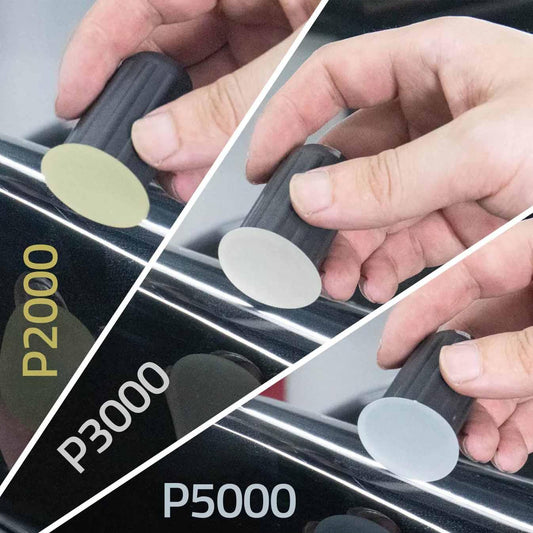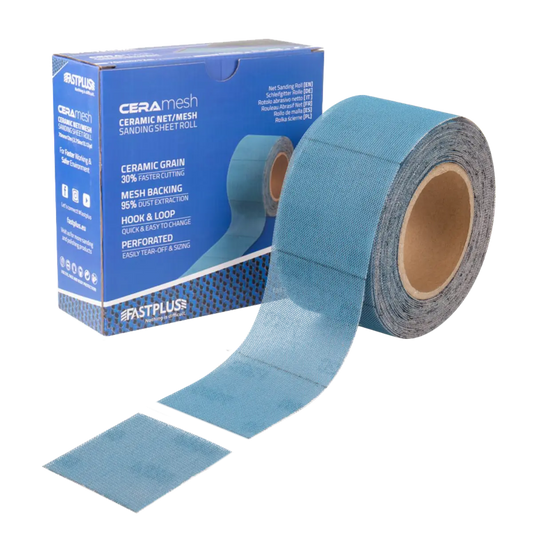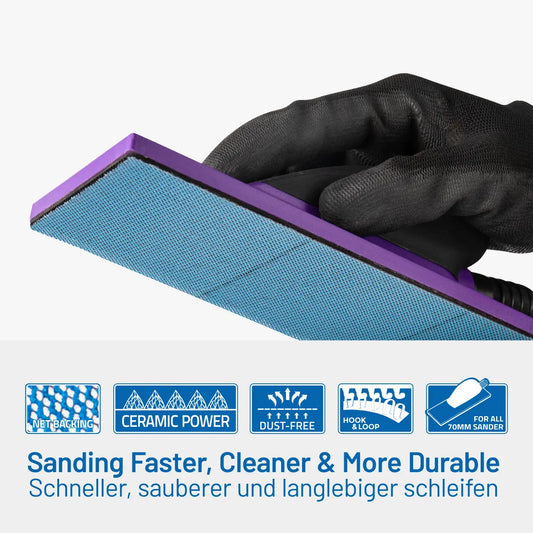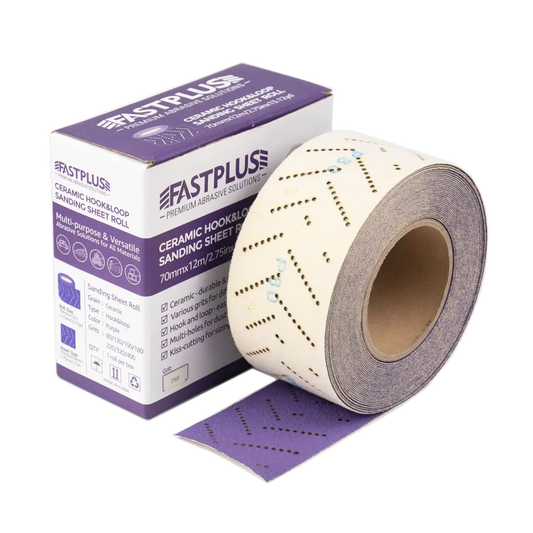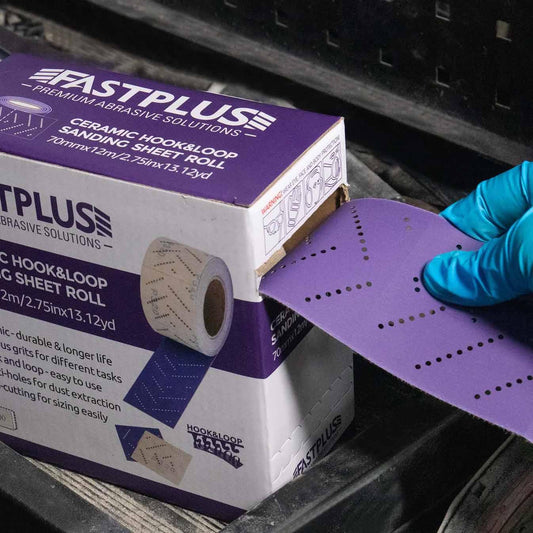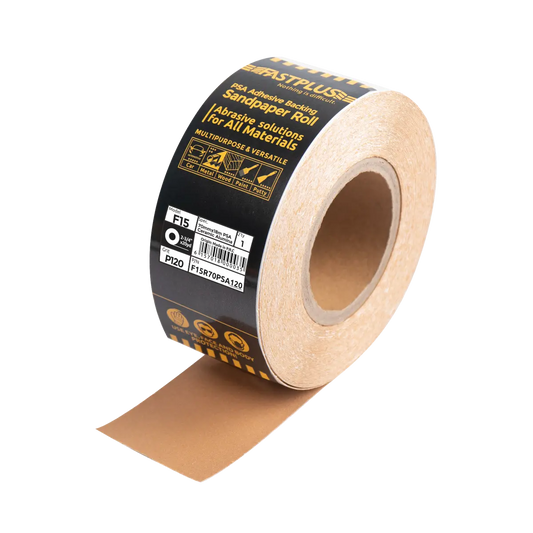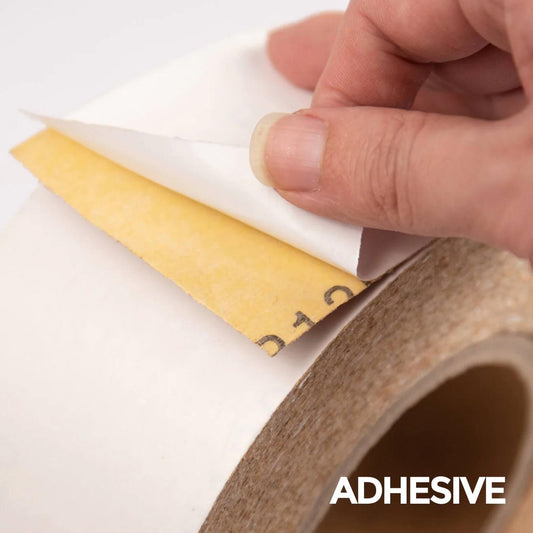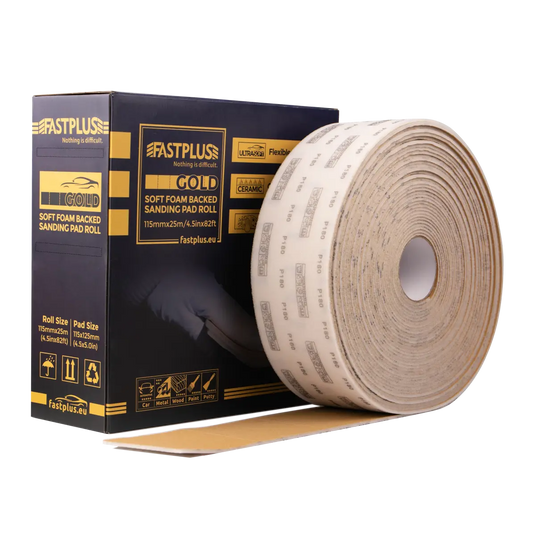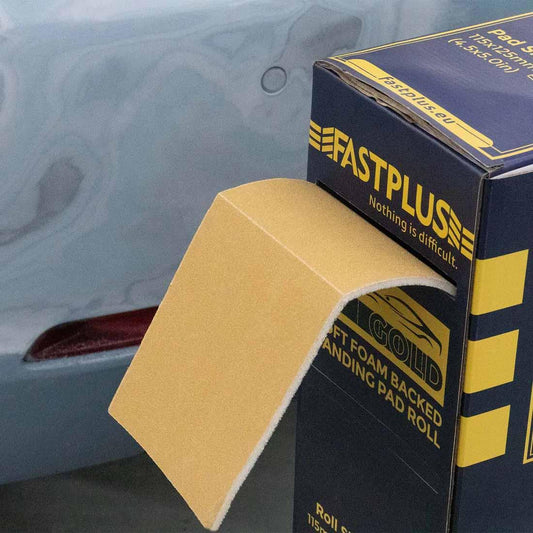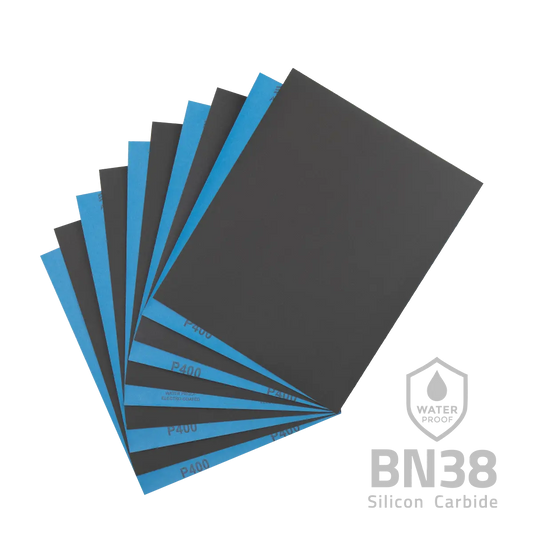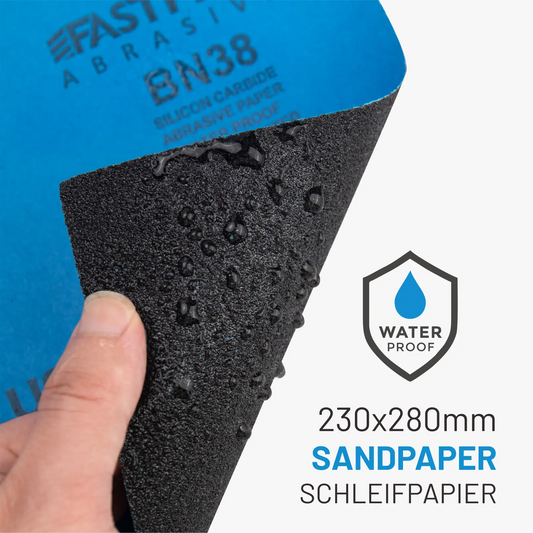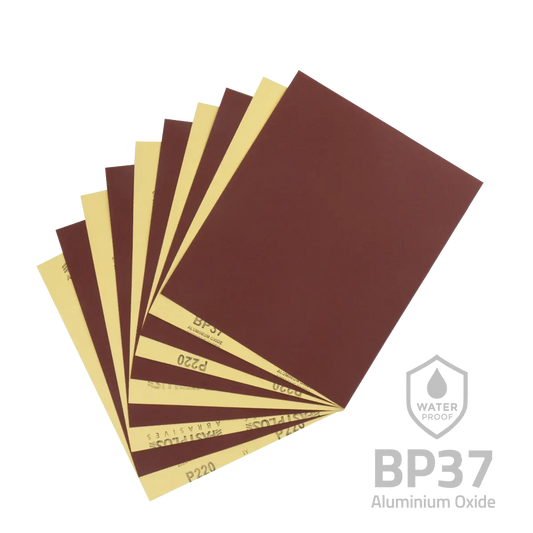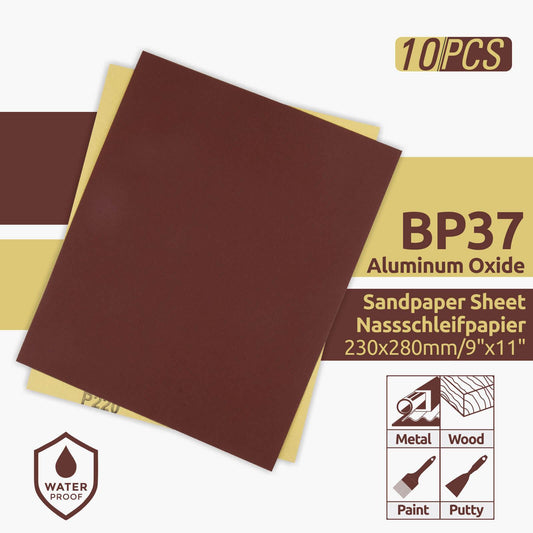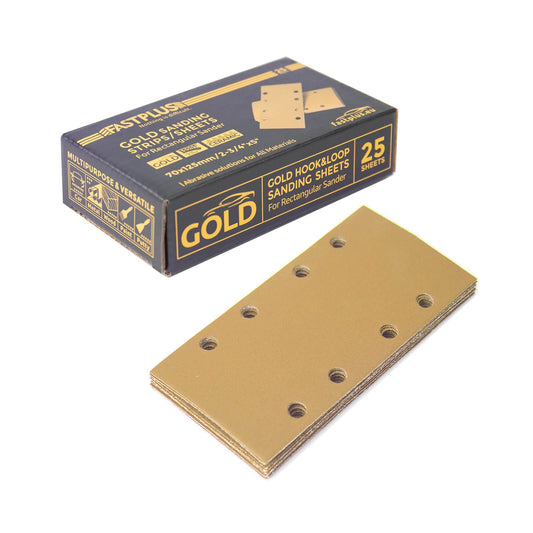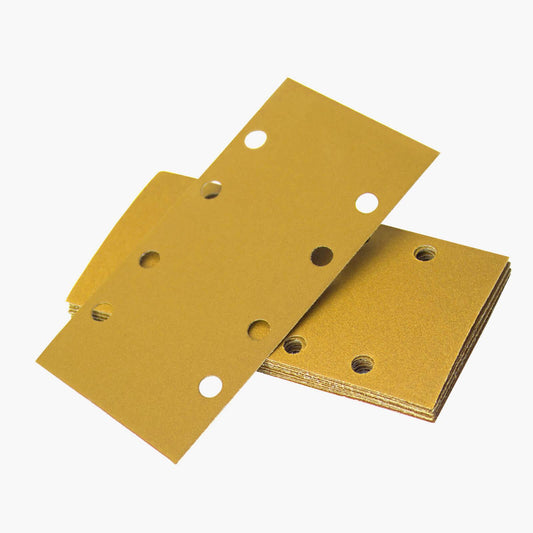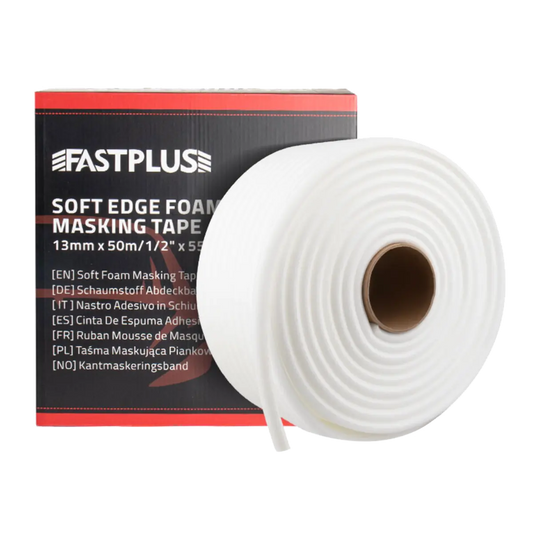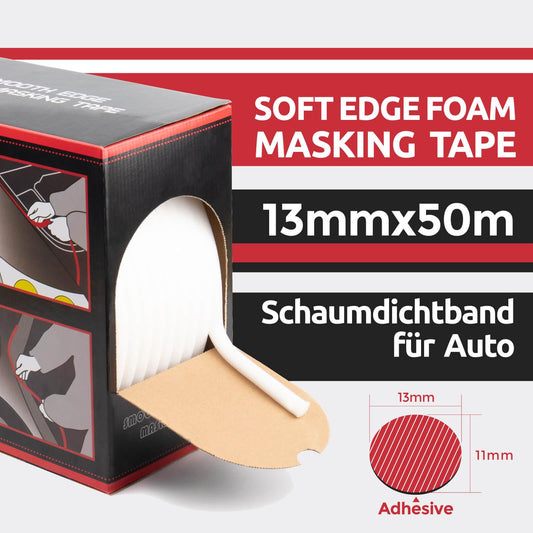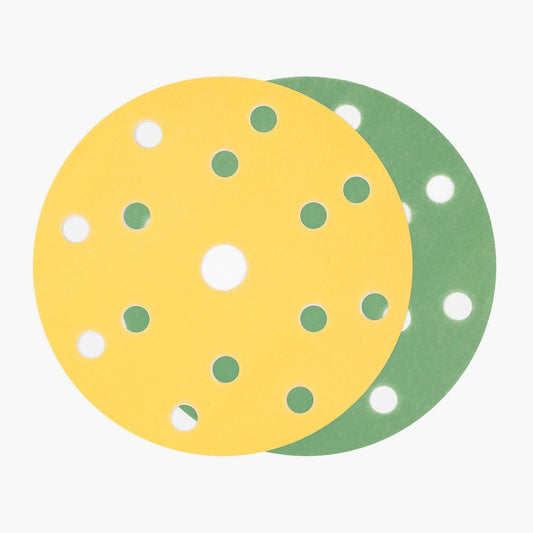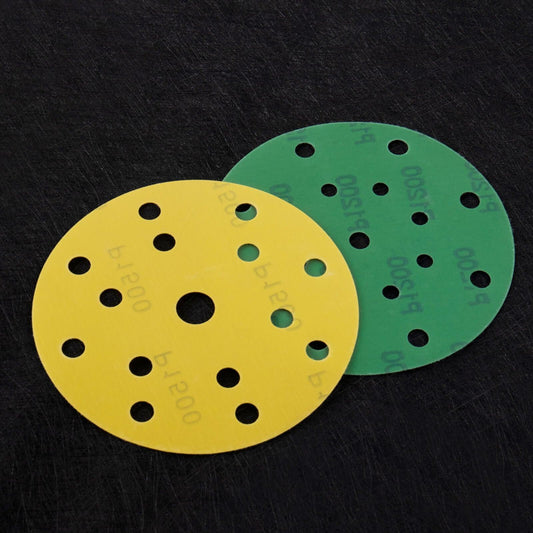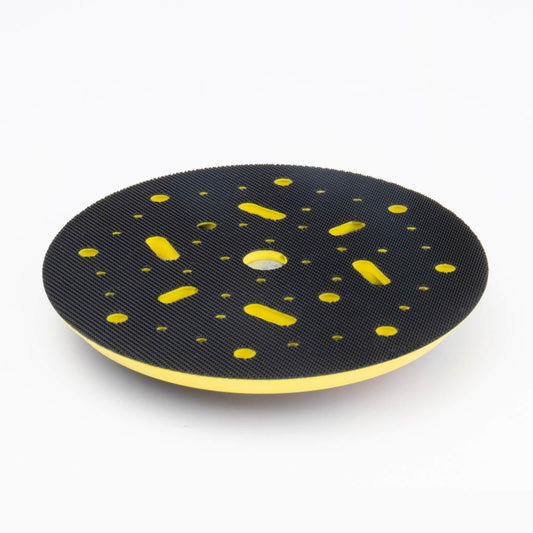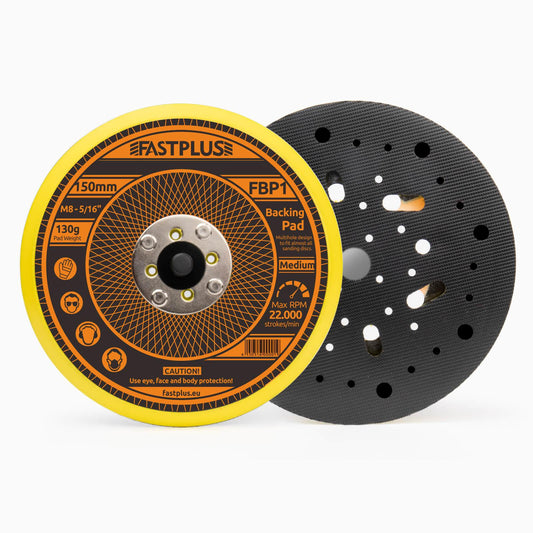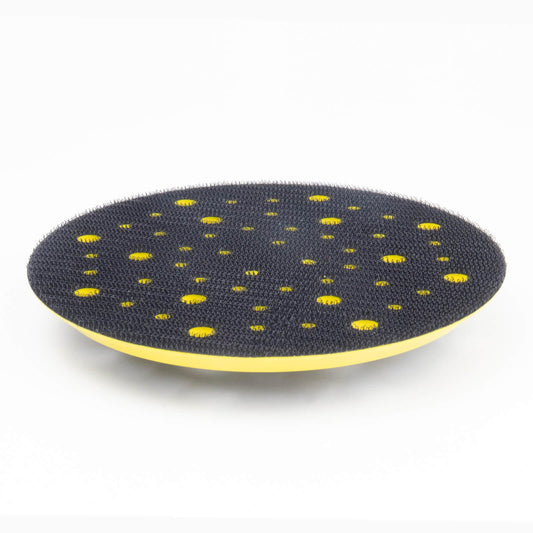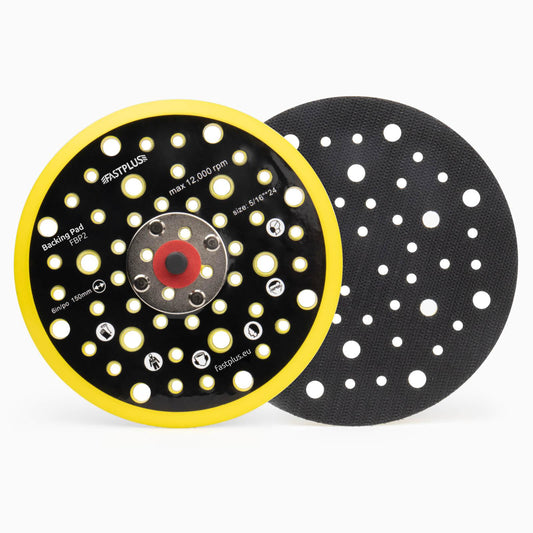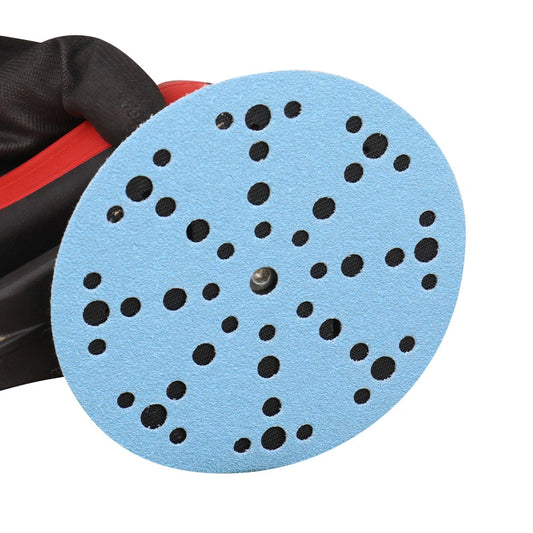
How to Properly Sand Wood by Hand?
Sanding wood by hand is a fundamental skill every DIYer and woodworker should master. Whether you're preparing a piece of furniture for refinishing, smoothing out rough edges, or simply giving your wood a polished look, hand sanding provides a high level of control over the process. Unlike using power sanders, sanding by hand lets you feel the surface and make subtle adjustments. In this guide, we’ll walk you through the tools, techniques, and tips to achieve a professional finish when sanding wood by hand.
Why Sand Wood by Hand?
Hand sanding offers several advantages:
- Precision: You can focus on specific areas that require more attention, such as corners or intricate designs.
- Control: You can easily adjust pressure, speed, and direction for a more uniform finish.
- Cost-Effective: Hand sanding doesn’t require an expensive electric sander, just a few basic tools.
- Fine Detailing: For intricate or fine woodworking projects, hand sanding is the best option for controlling the finish.
Now that you know why hand sanding is a great option, let’s dive into how to do it.
Essential Tools for Sanding Wood by Hand
Before you start sanding, you’ll need to gather the right tools. Here’s a list of essentials:
1. Sandpaper
Choosing the right sandpaper is crucial to achieving the best results. Wet and dry sandpapers come in various grits, each serving a different purpose:

- Coarse Grit (40-60): Ideal for rough sanding, removing old finishes, or sanding down rough wood surfaces.
- Medium Grit (80-120): Used for smoothing out rough surfaces or leveling surfaces after heavy sanding.
- Fine Grit (150-220): Great for final sanding, smoothing, and preparing the wood for finishing.
- Extra Fine Grit (320-400): Best for the final stages of sanding before applying a finish, especially for super-smooth surfaces.
You can use standard sandpaper sheets or opt for sandpaper rolls if you’re tackling larger areas.
2. Sanding Block
A sanding block provides a flat surface for sanding, helping you keep the sandpaper evenly applied to the wood. You can either buy a pre-made block or make your own by wrapping sandpaper around a small piece of scrap wood or foam.
3. Cloth or Tack Cloth
After sanding, it’s important to wipe down the surface to remove dust. A clean cloth or tack cloth is ideal for this purpose. A tack cloth is especially useful as it’s sticky and picks up fine dust without leaving fibers behind.
4. Safety Gear
Sanding wood creates a lot of dust, which can be harmful if inhaled. Always wear a dust mask to protect your lungs and safety goggles to shield your eyes from flying dust particles.
Step-by-Step Guide to Sanding Wood by Hand
Follow these steps to achieve a smooth, professional finish when sanding wood by hand.
Step 1: Prepare the Workspace
Start by setting up a clean, well-lit area to work in. Ideally, this should be in a well-ventilated space where dust can be controlled. If you're working indoors, consider using a tarp or protective cloth to cover the surrounding area to prevent dust from spreading.
If you're working with large pieces of wood, use a workbench or sturdy table to keep the wood stable. Clamp the wood down if necessary to prevent shifting during sanding.
Step 2: Start with Coarse Grit Sandpaper
Begin with the coarse grit sandpaper (around 60-grit) if you're working with rough or unfinished wood. If the wood has an existing finish (like paint or varnish), use coarse grit to remove as much of the old finish as possible. You don’t need to remove every trace of the old finish, but you should break it up to create a more even surface.
When sanding, always follow the grain of the wood. Sanding against the grain can leave noticeable scratches that will be hard to remove later. Move the sanding block back and forth along the grain, applying even pressure. Keep your movements steady, focusing on rough spots or areas with imperfections.

Step 3: Smooth the Surface with Medium Grit
Once the surface is relatively smooth with the coarse grit, switch to a medium grit sandpaper (around 100-grit). This will help refine the surface further and reduce the deep scratches left by the coarse grit paper.
At this point, you should begin to see the shape of the wood emerge more clearly. Sanding with medium grit also helps remove any uneven areas and prepares the wood for finer sanding.
Step 4: Fine Sanding for a Smooth Finish
After smoothing out the rough surfaces with medium grit, switch to fine grit sandpaper (around 150-grit or higher). This is where the real finishing work happens.
At this stage, the surface should already feel much smoother, but fine sanding will remove any small imperfections and scratches left by the coarser sandpapers. Use light pressure as you sand the surface, focusing on making the wood as smooth as possible.
For detailed areas or intricate designs, consider using finer sandpaper or even extra-fine sandpaper (320-400 grit) for a glass-like finish. These finer grits are perfect for sanding before applying a wood finish, such as paint or varnish.
Step 5: Dust Removal
After sanding, the wood will be covered in dust. Use a clean tack cloth or a damp cloth to remove all the dust from the surface. It’s essential to get rid of all dust to ensure that the finish adheres well and gives you a smooth, even result.
Step 6: Inspect the Surface
Before you start applying any finish, take a moment to inspect the wood closely. Feel for any rough spots or areas that need further sanding. If the surface is not as smooth as you'd like, go over it again with finer grit sandpaper. Pay special attention to edges, corners, and joints, where sanding can often leave uneven surfaces.
Step 7: Final Touches
Once you’re happy with the smoothness of the wood, you can proceed to apply a finish of your choice. Whether you’re using oil, stain, or paint, the surface should be ready for a smooth, professional-grade finish.
Tips for Better Hand Sanding
- Don’t Rush: Sanding by hand takes time, so be patient. Rushing through the process can result in uneven surfaces and damage to the wood.
- Use Sandpaper in Sections: If you're using sandpaper sheets, cut them into manageable sizes (around 4x5 inches) to make sanding easier.
- Check Your Sandpaper Regularly: If you notice your sandpaper getting clogged with dust or becoming too worn, replace it. Dull sandpaper can create more scratches than it removes.
- Use a Contour Sanding Block for Curves: For curved or intricate surfaces, consider using a flexible contour sanding block, which can help maintain an even pressure while following the curves.
- Sand in the Right Light: Make sure you’re sanding in a well-lit area to spot imperfections that need more attention.
When to Use Power Sanding vs. Hand Sanding
While hand sanding is often preferred for control and fine detail, power sanders can be a huge time-saver for large, flat surfaces. However, power sanders can sometimes be too aggressive and create more dust or scratches than desired. For most projects, it’s best to start with hand sanding to get a feel for the wood’s surface and finish with a power sander to save time on large areas.
Conclusion
Sanding wood by hand might take some time, but it guarantees a smooth, refined finish. By using the right techniques and tools, you can achieve impressive results whether you're working on a small DIY project or crafting detailed wood pieces. Start with a coarse grit to remove imperfections, and gradually move to finer grits for a flawless surface ready for finishing.
For the best sanding experience, rely on FastPlus. Our Wet and Dry Sandpaper, Foam Sanding Pad Rolls,PSA Sandpaper Rolls and other abrasive tools are designed to help you achieve a perfect finish every time. Offering durability, flexibility, and high performance, FastPlus tools are your ideal companion for any sanding task, ensuring you get the job done efficiently and professionally.



